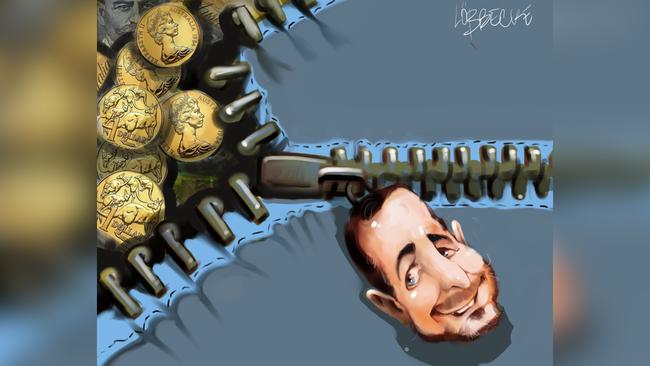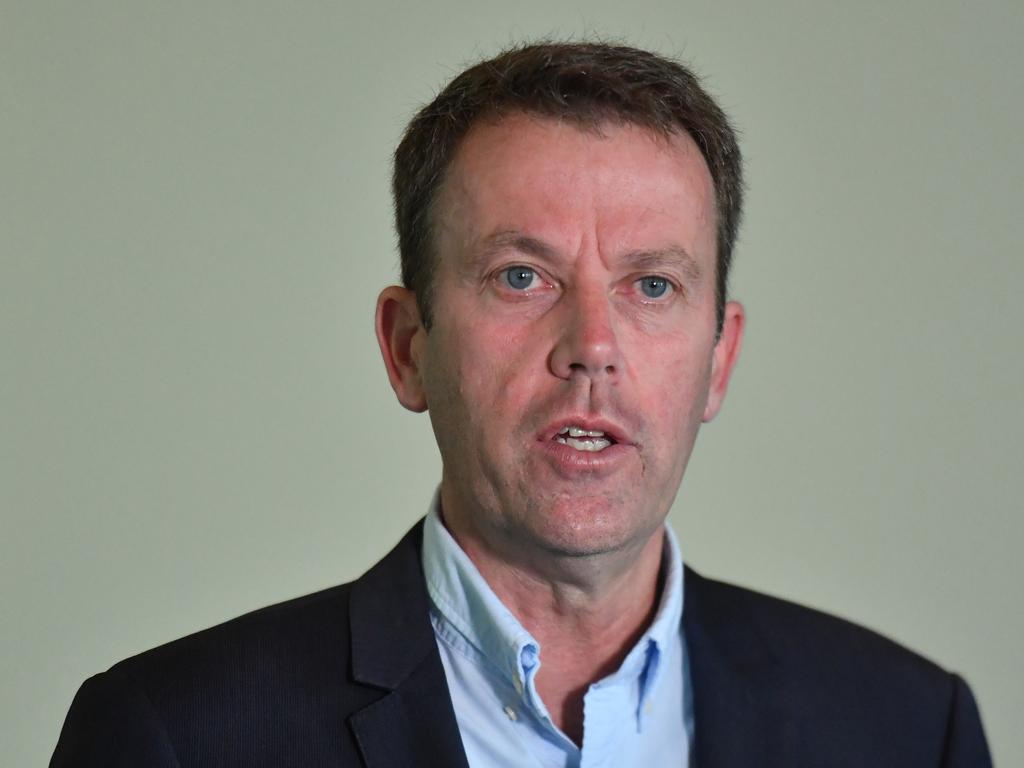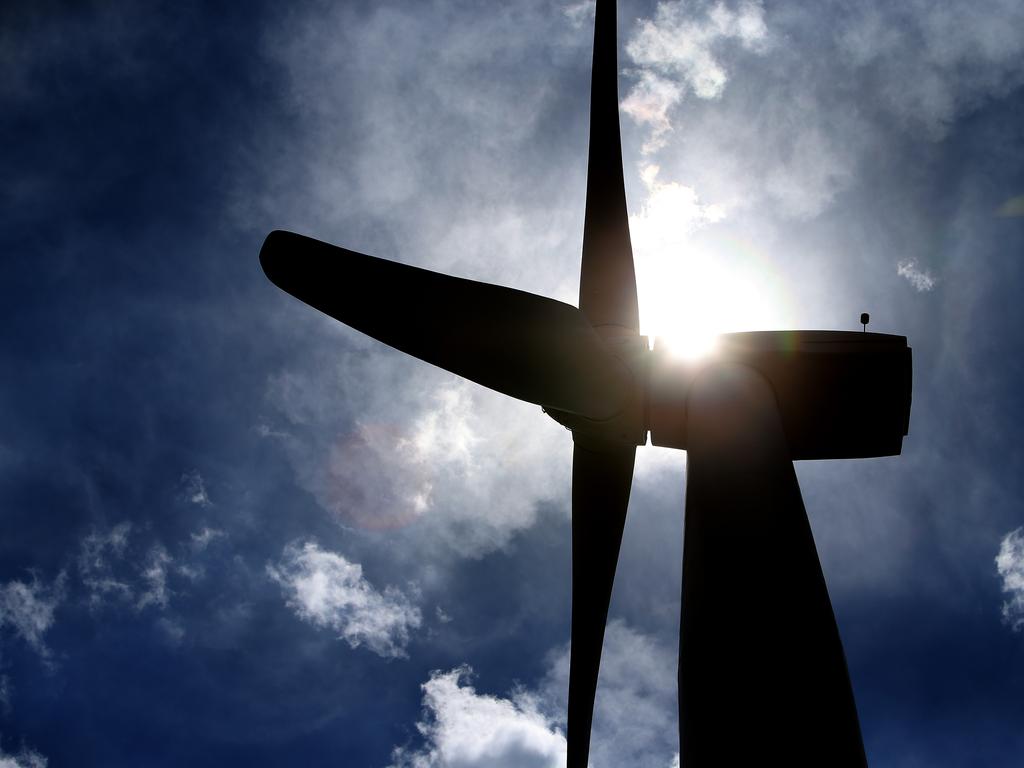Westpac Austrac review set to air more dirty laundry

As foreshadowed this week in The Australian, the reports are not expected to lead to further executive or boardroom bloodletting, after chief executive Brian Hartzer fell on his sword late last year and chairman Lindsay Maxsted brought forward his retirement.
With ASIC and the prudential regulator APRA both conducting investigations, and settlement negotiations continuing with Austrac, new CEO Peter King and new chairman John McFarlane are likely to play a key role in unveiling the reports.
Westpac has set aside $900m for a financial penalty but Austrac is believed to be seeking as much as $1.5bn.
The reports include an internal review of the bank’s financial crime program overseen by Promontory Financial Group.
A three-person panel, chaired by Ziggy Switkowski, has also been looking into board accountability issues.
A Westpac spokesman declined to comment.
Almost 19.5 million of Westpac’s 23 million transgressions relate to international funds transfer instructions, mostly involving two correspondent banks that were sending low-value, recurring payments by foreign government pension funds.
Westpac also failed to update typologies for its LitePay international payments platform, so it under-reported payments by 12 customers potentially linked to child exploitation.
Separately, Federal Reserve board chairman Alan Greenspan called it irrational exuberance when Wall Street used to check in its common sense with the front-door concierge during the dotcom bubble of the 1990s.
The recent recovery in equities from their COVID-19 rout isn’t completely detached from reality — it’s fanned by never-seen-before levels of stimulus and a tentative reopening of economies — but the market is proceeding with one eye shut.
A V-shaped recovery has effectively been priced into stocks on the overriding assumption that a vaccine will be available sooner rather than later, or that loosening the shackles will see a rebound in growth.
It’s true that accelerating the recovery, even by six months, would make a huge difference, but global GDP has jumped off a cliff and is scrambling to locate a toehold.
Locally, things aren’t as bad.
Josh Frydenberg conceded on Wednesday that the nation is in a recession for the first time since the March and June quarters of 1991, or Paul Keating’s “recession we had to have”.
The 0.3 per cent contraction in GDP for the first three months of 2020 captured only the beginning of the pandemic, with the Treasurer agreeing that the June quarter would be much worse.
However, it would be nothing like Treasury’s initial fears of a 20 per cent collapse in output.
“The June quarter, the economic impact will be severe — far more severe than what we have seen today,” Frydenberg said.
“That’s what Treasury’s advice to me is.”
Investors shrugged off Frydenberg’s assessment, preferring the spin to the substance, as the market ratcheted up a further 1.8 per cent gain.
It’s the same everywhere, albeit to varying degrees.
Since its March low, the tech-heavy Nasdaq index in the US has recovered 91 per cent of its losses, with other indexes like the Nikkei in Japan (76 per cent), the S&P 500 in the US (71 per cent), the ASX 200 in Australia (46 per cent) and the FTSE 100 in Britain (44 per cent) all heavily in the black.
JPMorgan, which is advising its Australian clients to be more conservative in their investment portfolios despite the 12.7 per cent year-to-date decline in the index, isn’t the only cautious voice.
All through the recovery, former ASX chief executive Elmer Funke Kupper has been waiting for more clarity before jumping back into the equities market.
While he said in late March that the balance between the upside and the downside would become clearer by the back end of May, his finger is still firmly on the pause button. “If a vaccine takes until well into 2021, or we see a second wave of infections, the economic recovery will be slower and uneven,” he said.
“A full recovery could then take until 2022 or 2023. “We will learn more about the economic impact in the next few months as more countries open up and government support reduces.”
Zip on the fly
As the two leading players in the instalment payments industry, jostling between Afterpay and Zip inevitably spills into the public arena, most notably early last year when they traded barbs over their business models in front of a Senate committee.
A year or so later, with Zip folding QuadPay under its arm to slug it out with Afterpay and Sweden’s Klarna in the lucrative US market, the battleground has shifted to a much larger arena.
The same applies to the peer group, if the analyst call hosted on Wednesday by Zip co-founder and chief executive Larry Diamond is any guide.
Far from being daunted by Afterpay’s $14bn market value compared to Zip’s $2.5bn, even with the halo effect of the QuadPay deal, Diamond’s long-term vision is to bump up against the likes of online payments giant PayPal, which is capitalised at $US185bn ($267bn). “We believe we can get there over time,” Diamond said.
If they do, Moriah College in Sydney’s eastern suburbs should erect a monument in honour of the buy now, pay later industry.
In one of those bizarre twists of fate, four of the global industry’s trailblazers hail from the college.
They include Diamond, QuadPay co-founders and co-CEOs Adam Ezra and Brad Lindenberg, and Afterpay co-founder and US chief executive Nick Molnar.
Ezra later worked with Diamond at Macquarie Capital.
Zip, for its part, has come a long way since 2014, when a Sydney bicycle shop became the first merchant to join its platform.
There are now 22,700 merchants, or 26,200 with QuadPay; 2 million customers (3.5 million, with QuadPay now adding about 100,000 a month); $2.1bn in annualised transaction volume ($3bn), and $180m in annualised revenue ($250m).
Diamond admits that you’re a global pretender if you don’t have a serious presence in the US.
The reason is the sheer scale of the retail sector: worth $5 trillion, it dwarfs the $320bn Australian market by a factor of 15.
By itself, the $500bn online segment is larger.
While Zip has overnight become a worthy competitor in the US, Afterpay said last month it had cruised past the 5 million active-user milestone.
The company has added $7bn-$8bn in value since it entered the US market.
Diamond is again undaunted, saying he would agree with the proposition that Zip has a lot of ground to make up if it were starting from scratch.
Instead, it has a scalable platform and relationships it can leverage with global retailers.
At the top of any wishlist would be an extension of the deal struck with Amazon in Australia, given that Jeff Bezos’s behemoth hoovers up about 40c of every dollar spent online in the US.
“We absolutely believe we can catch up (to Afterpay),” Diamond told this column.
The QuadPay co-founders will be handsomely rewarded if they bridge the Afterpay gap, with retention payments of up to $60m linked to aggressive growth targets.
There are also 5 million shares to be issued if tenure milestones are achieved.
QuadPay shareholders will emerge with 23 per cent of Zip.
Twitter: @gluyasr







Westpac is poised to release two key reports on the costly Austrac money-laundering debacle, most likely on Thursday.